Are you looking to modify your tenant rent agreement but don't know where to start? A well-crafted letter can make all the difference in ensuring clarity and maintaining a positive relationship with your tenant. From addressing changes in rental terms to adjusting payment schedules, it's essential to communicate your intentions clearly and respectfully. Let's dive into how to effectively articulate these modifications in your communication'read on for a comprehensive guide!
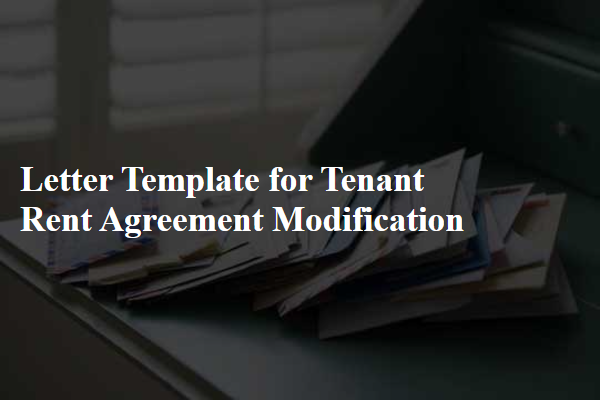
Original Agreement Details
A tenant rent agreement modification involves an official alteration of the initial lease contract, typically signed in a location such as a rental office in a city like New York. The original agreement often specifies critical details such as monthly rent, due dates, and property address (for instance, 123 Elm Street, New York, NY). Changes may include an increase in rent amount, which can rise by a percentage (usually around 3-5%) based on local regulations, or adjustments to lease duration (e.g., an extension from 12 months to 18 months). Tenants must receive written notice at least 30 days in advance of changes, and both parties need to sign the modified agreement to ensure legal compliance. Documentation should also consider the original lease's termination clauses and renewal options to prevent misunderstandings.
Proposed Changes or Modifications
Proposed changes to a tenant rent agreement involve critical factors such as duration, rental amount, and amenities. Typically, landlords might suggest an increased rental fee, possibly 5% to 10%, reflective of market trends in areas like Manhattan, New York, where rental prices fluctuate significantly. Alterations to the lease duration are also common; for instance, extending from a 12-month term to a 24-month term provides stability for tenants and guarantees continuous income for landlords. Additional modifications often include updates to maintenance responsibilities, enhancing tenant comfort. Such changes necessitate careful documentation and mutual agreement to uphold legal standards of housing contracts in jurisdictions such as California, where tenant rights are robustly defined.
Justification for Changes
Modifying a tenant rent agreement typically requires careful consideration and justification to ensure clarity and compliance with housing laws. Changes to the lease terms, particularly concerning the rent amount or duration, can be driven by factors such as market fluctuations, significant repairs needed in the property, or government regulations affecting rental rates. For instance, if a landlord is proposing a rent increase due to a 10% rise in property taxes within the region, it's essential to provide the tenant with clear documentation and rationale for this change, ensuring transparency. Additionally, changes in local housing regulations might necessitate alterations in lease terms, such as the inclusion of updated maintenance responsibilities or safety standards compliance. Providing a detailed account of these justifications not only fosters trust between the landlord and tenant but also reinforces the legality and fairness of the modifications.
Consent of Both Parties
The modification of a rental agreement requires the mutual consent of both parties involved. Clear communication is essential to ensure that any changes, such as rent adjustments or lease term alterations, are documented appropriately. The tenant, residing at [Tenant's Address] since [Move-in Date], and the landlord, recognized as [Landlord's Name], should detail the agreed modifications regarding rental terms. Essential aspects include the new rental amount, effective date, and any additional stipulations about responsibilities, utilities, or maintenance. Signing the document in the presence of a witness can further validate the agreement. Proper documentation helps avoid disputes and ensures compliance with local housing regulations, such as those set by [City or State Housing Authority] or relevant legal frameworks.
Updated Terms and Conditions
Modifications to rental agreements often involve changes in terms and conditions that reflect new expectations between landlords and tenants. These changes may include adjusted rental amounts, alterations in lease duration, or revisions of pet policies. For example, increasing the rent from $1,200 to $1,350 monthly can occur in response to local market trends observed in cities like San Francisco or New York. Additionally, adding a clause for maintenance responsibilities, which can specify that tenants must report issues within a defined timeframe (e.g., 24 hours), ensures timely repairs. The communication of these changes must be documented, often involving a formal notice delivered at least 30 days before the new terms take effect, allowing tenants ample time to review and agree. Clarity and mutual understanding in these modifications help maintain a positive landlord-tenant relationship.

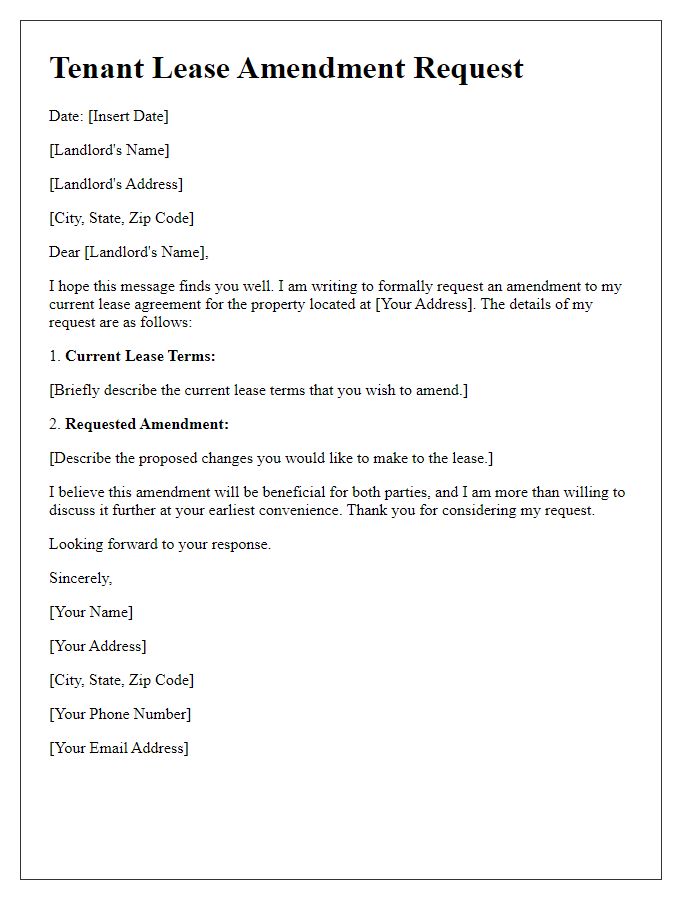
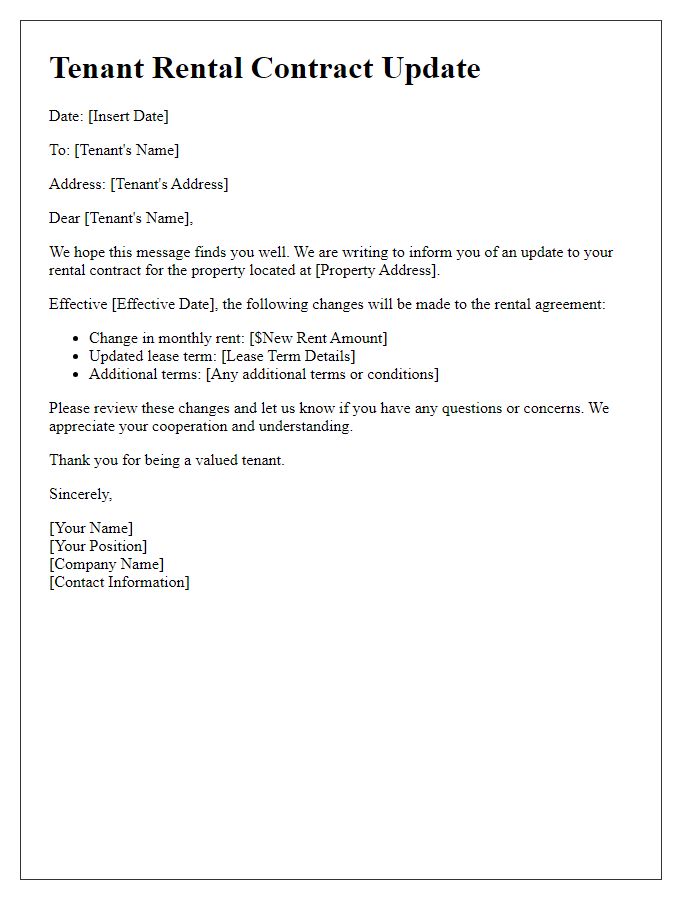
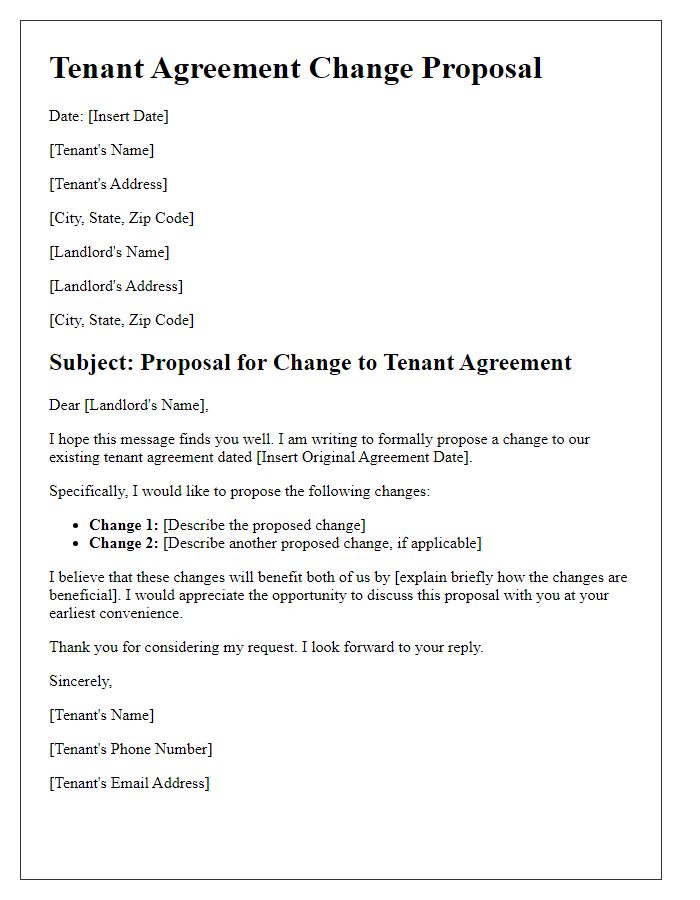
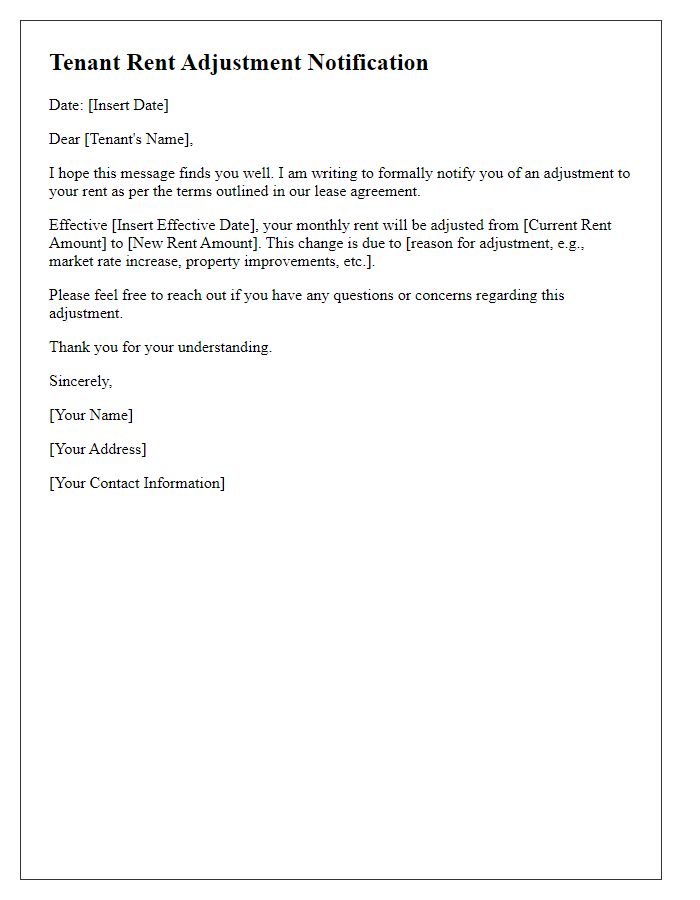
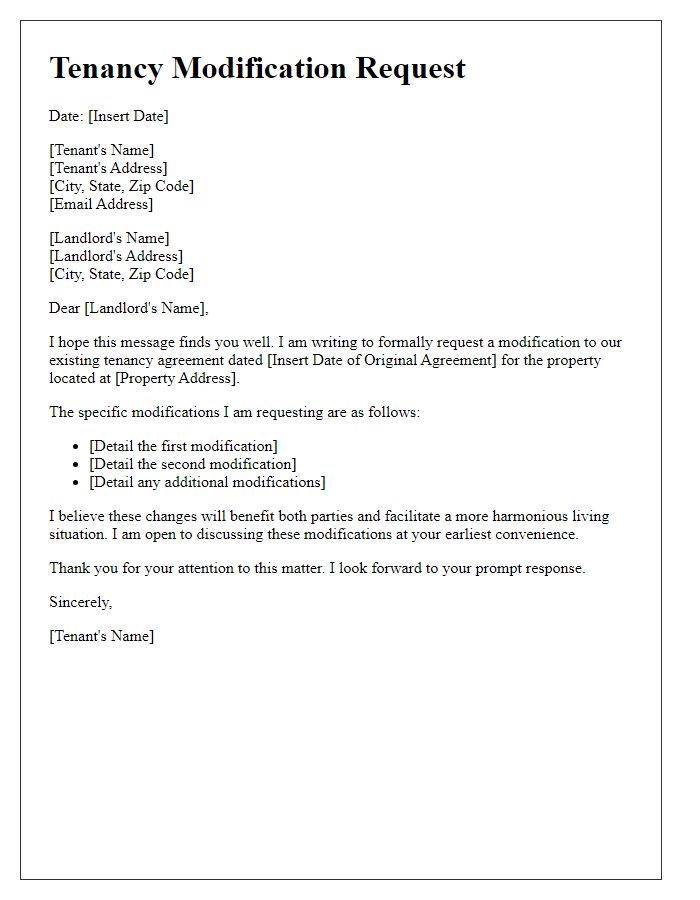
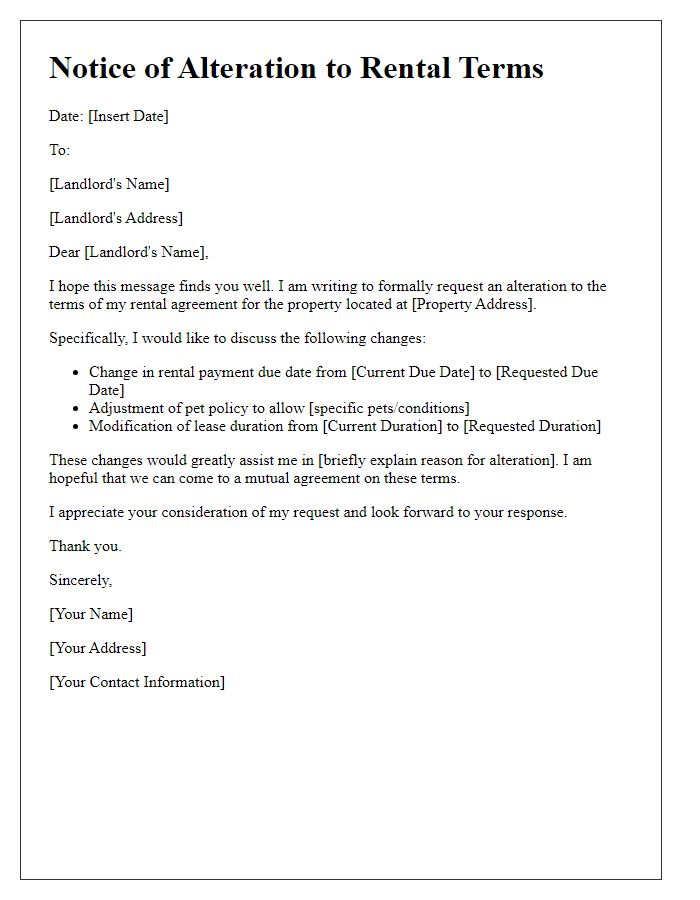
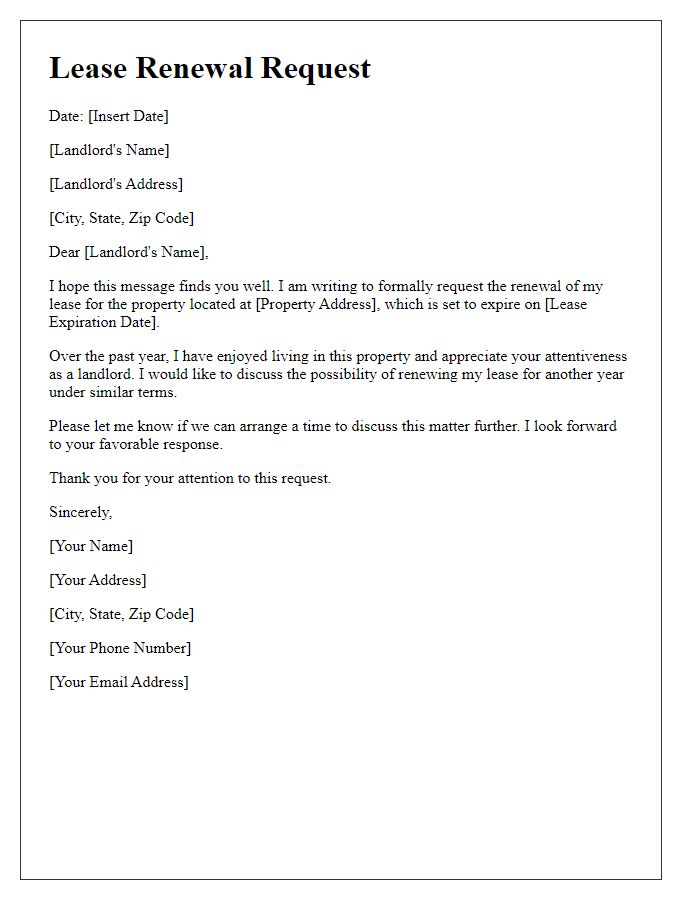
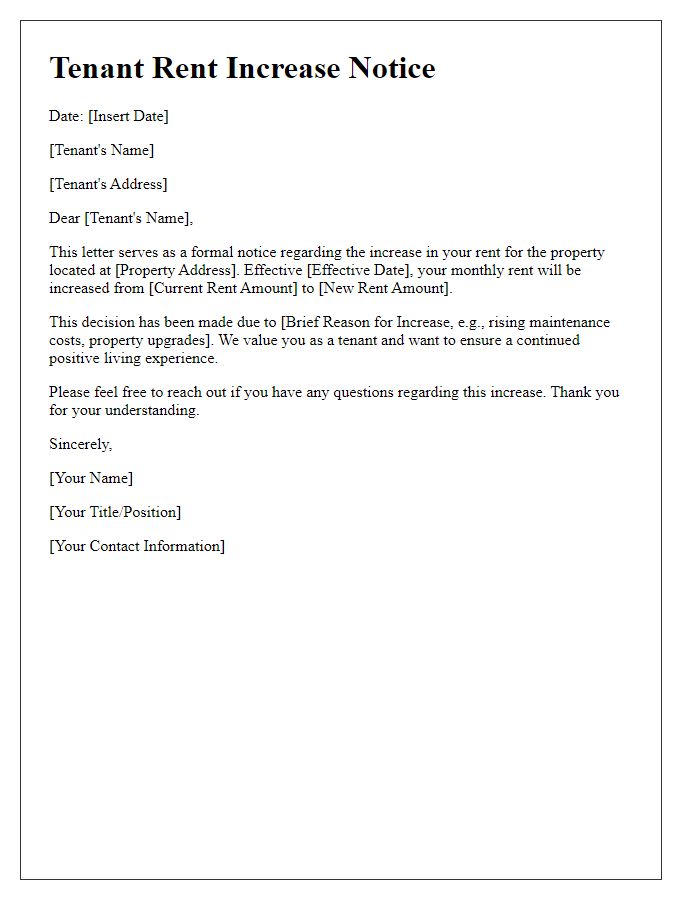
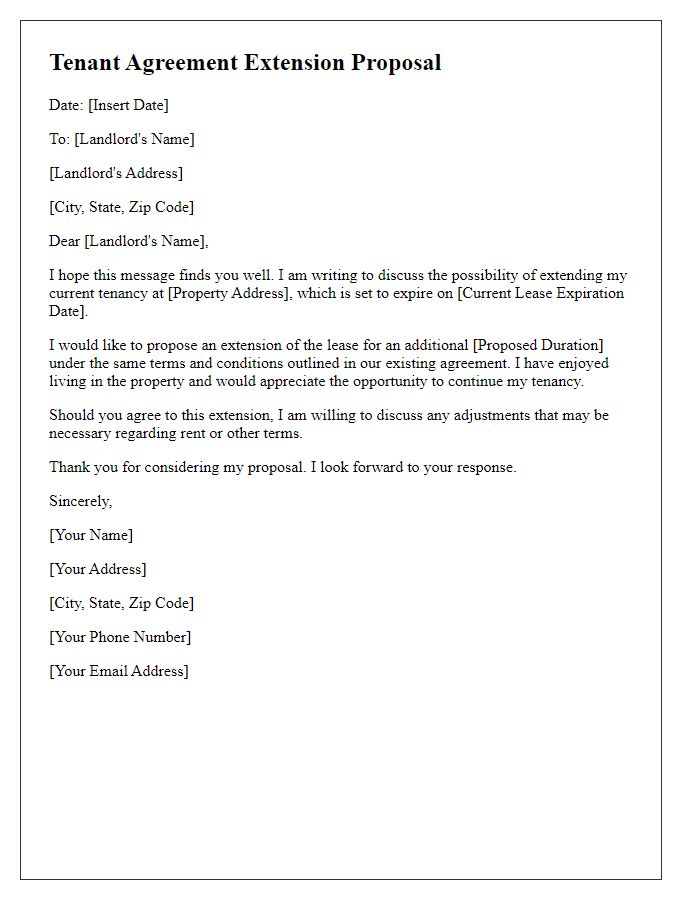
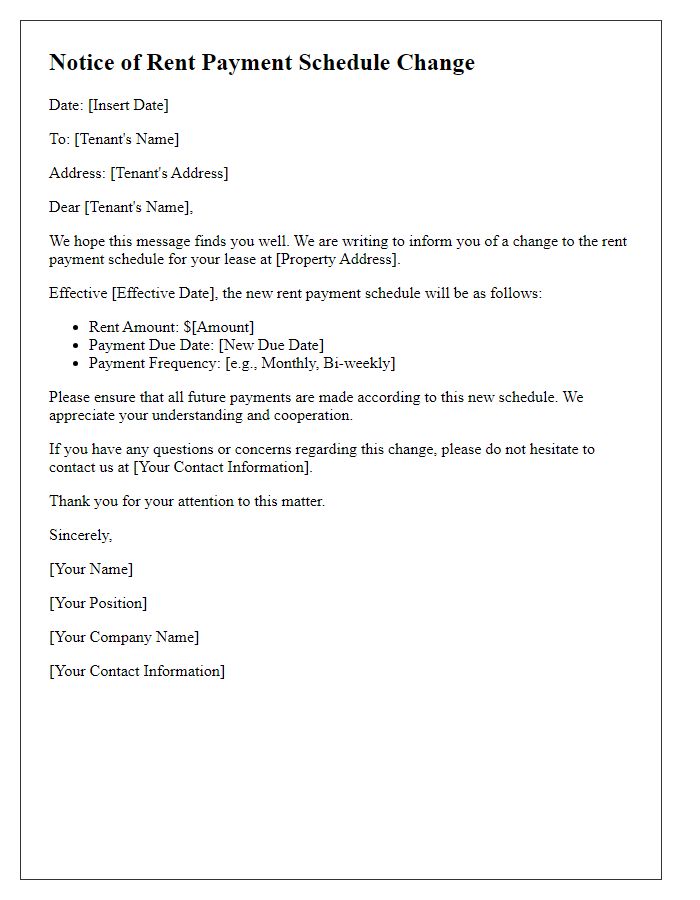


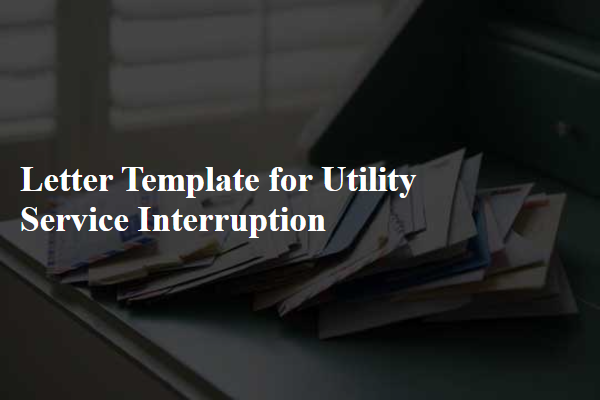
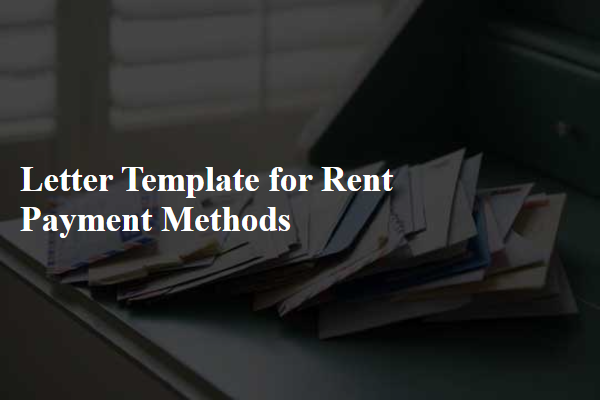
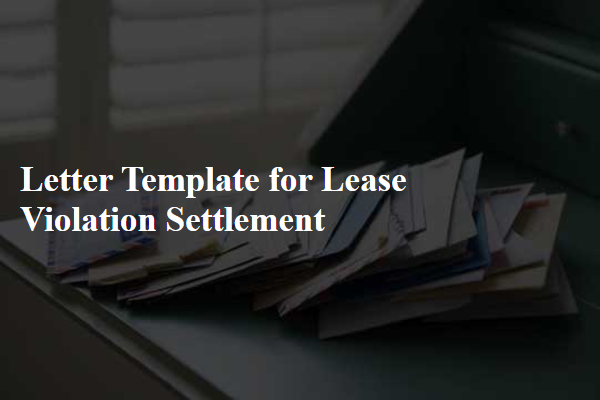
Comments